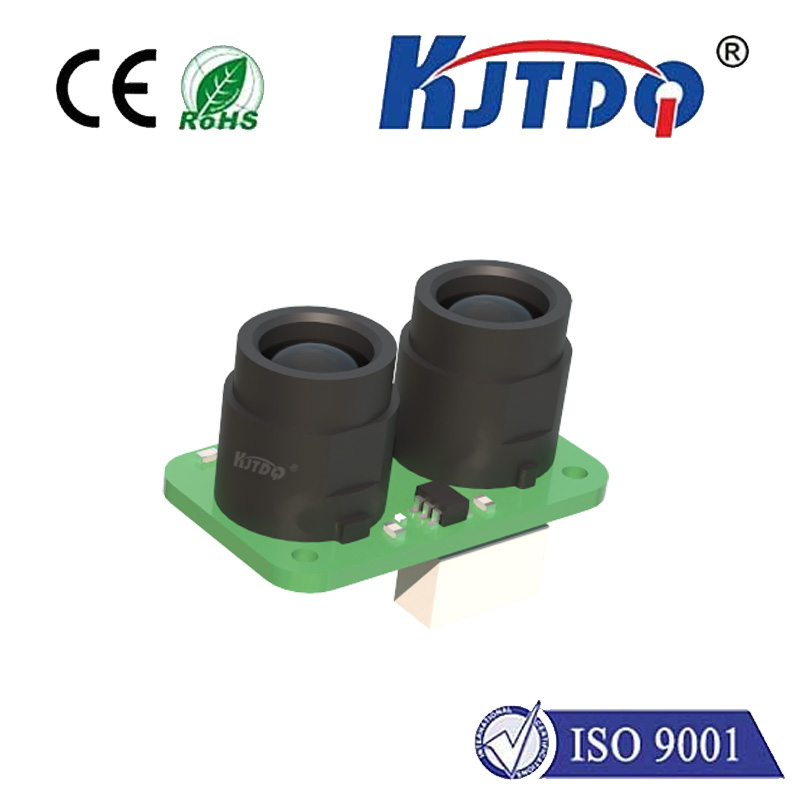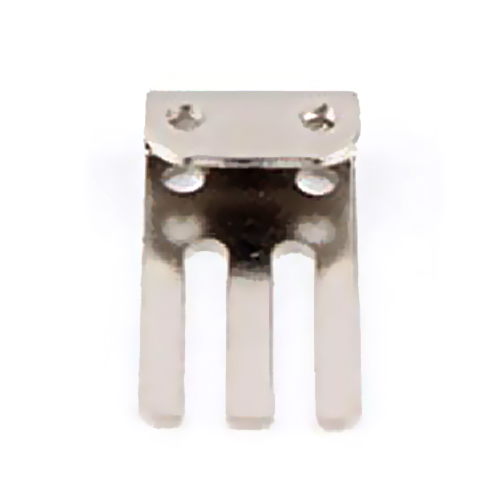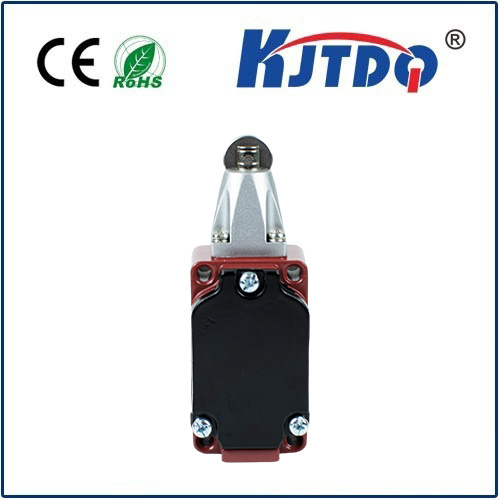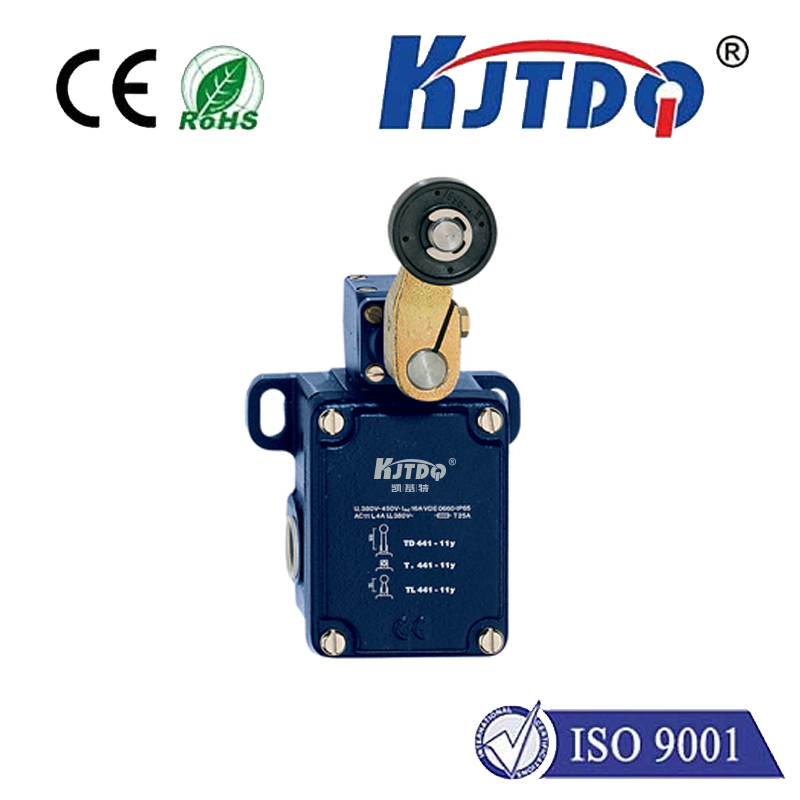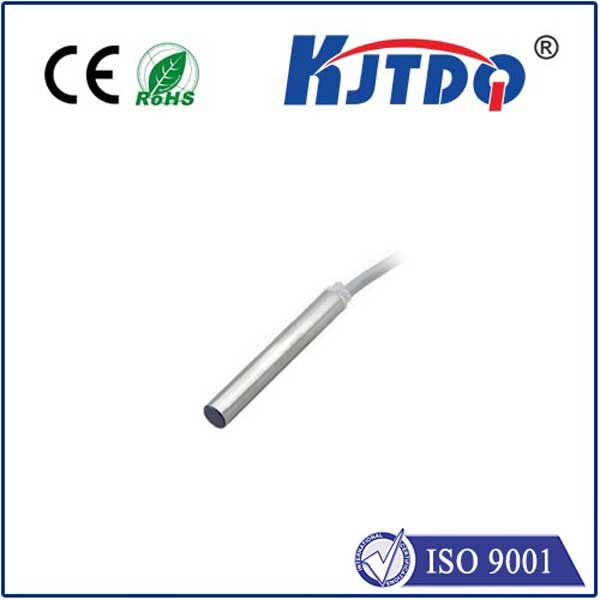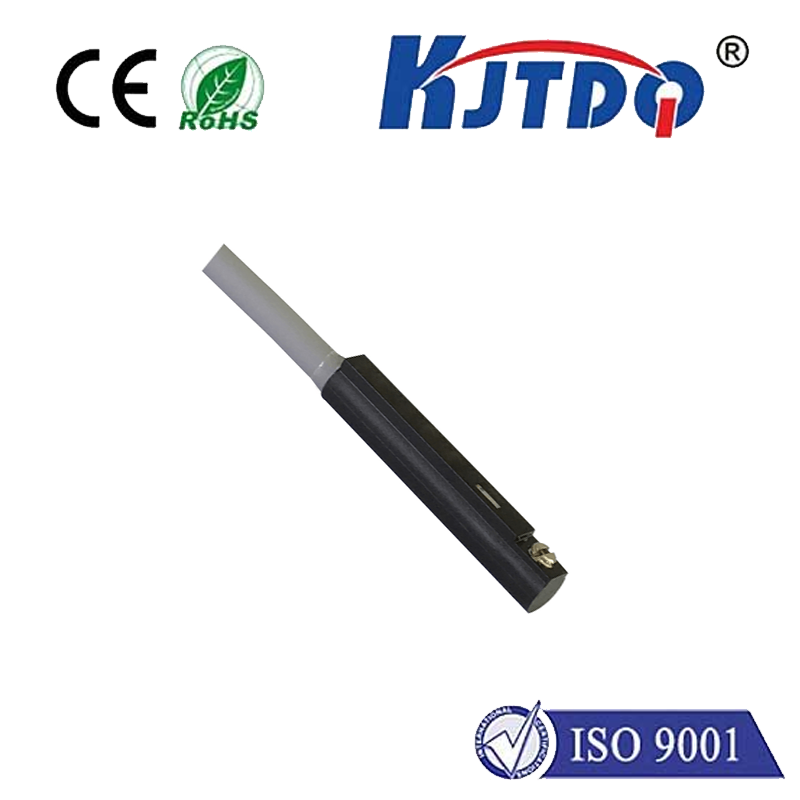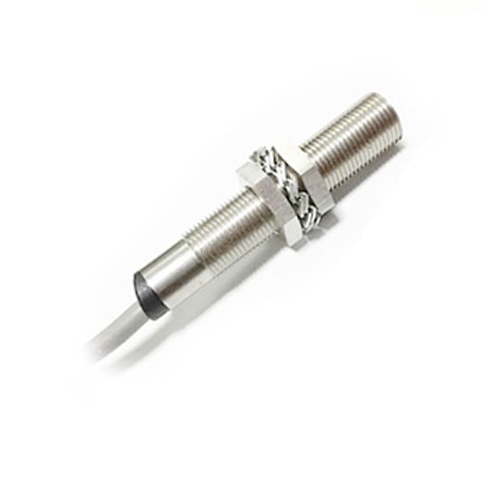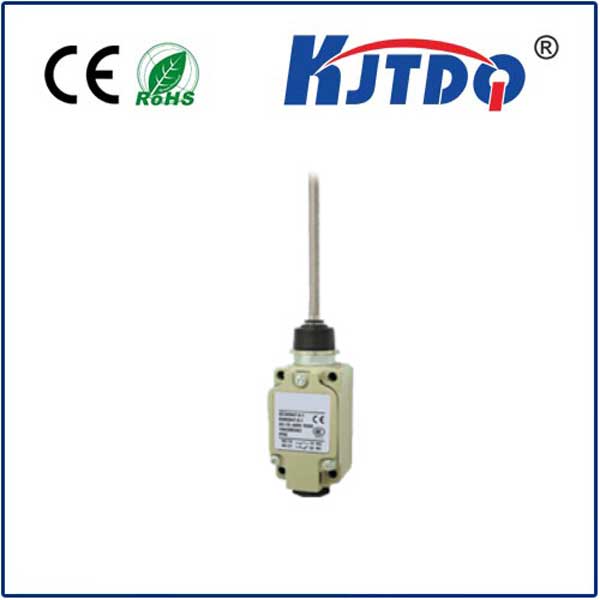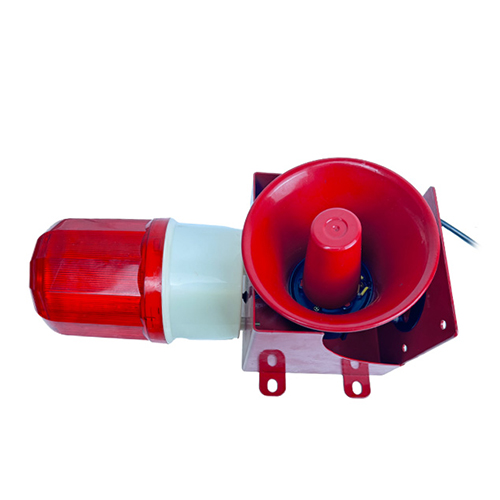E3Z-LL61 0.5M miniature photoelectric sensors
- time:2025-09-28 01:17:47
- Нажмите:0
E3Z-LL61 0.5M Miniature Photoelectric Sensors: Compact Automation Power
Imagine a crucial component on a high-speed packaging line, tucked away in a space barely larger than a fingertip. Or picture intricate robotics performing delicate assembly tasks, demanding sensors that don’t interfere. This is the domain of the miniature photoelectric sensor, and the E3Z-LL61 0.5M stands out as a prime example of how powerful sensing can come in remarkably small packages. Designed explicitly for space-constrained applications, this sensor delivers reliable through-beam detection capabilities with a 0.5-meter sensing range, proving that size is no barrier to industrial-grade performance.
Understanding the E3Z-LL61 0.5M Photoelectric Sensor
At its core, a Фотоэлектрический датчик like the E3Z-LL61 operates by emitting a beam of light (typically infrared or red LED) and detecting the presence or absence of an object based on the interruption or reflection of that beam. The “LL” designation in E3Z-LL61 signifies a through-beam type. This means it requires two separate units: an emitter (E3ZL-LL61) and a receiver (E3ZR-LL61). The emitter projects the light beam directly to the receiver unit located 0.5 meters away. When an object breaks this beam, the receiver triggers a signal change, indicating object detection. This method offers superior sensing distance, reliability, and immunity to object color, shape, or surface finish compared to reflective types.
The “miniature” aspect of the E3Z-LL61 is crucial. With exceptionally compact dimensions, these sensors are engineered to fit into locations where traditional sensors simply cannot. This miniaturization addresses the growing demand for denser machine designs and smaller, more agile automation systems.

Key Features & Advantages
- Ultra-Compact Size: The defining characteristic of the E3Z-LL61 is its small footprint. This allows installation in tight spaces, on small mechanisms, or within compact machinery where maximizing real estate is critical.
- 0.5M Sensing Range: While miniature, it provides a practical and reliable 0.5-meter detection distance. This range is ideal for countless applications like small conveyor transfers, part positioning in compact cells, detecting items on miniature assembly lines, or guarding narrow access points.
- Through-Beam Reliability: The through-beam principle inherent in the LL model ensures highly reliable detection. Because the receiver directly views the emitter’s light, it’s less susceptible to issues like target color variations, glossy surfaces, or environmental background interference that can plague diffuse sensors. This translates to fewer false triggers and consistent operation.
- High-Speed Response: Capable of detecting objects moving at high speeds, making it suitable for modern, fast-paced automation lines.
- Visible Red Beam: The E3Z-LL61 often features a visible red beam (check specific datasheet for confirmation on this model variant). This is a significant advantage during installation, alignment, and troubleshooting. Seeing the actual beam path dramatically simplifies setup and verification.
- NPN Output: Typically configured with an NPN output (sinking), which is the common standard for many PLCs and control systems, ensuring easy integration.
- Прочная структура: Despite its size, it’s built to withstand typical industrial environments, offering resistance to ambient light interference and providing stable operation.
- Энергоэффективность: Modern miniature sensors like this are designed to be energy efficient, consuming minimal power for their operation, which is beneficial for large-scale deployments or battery-powered applications.
Where Does the E3Z-LL61 0.5M Shine? Applications Unlocked by Miniaturization
The power of a miniature sensor like the E3Z-LL61 lies in its ability to enable automation solutions previously deemed impractical due to space limitations:
- Compact Machinery & Robotics: Integrated into small robotic arms, grippers, or actuators for part presence verification, end-of-arm tooling confirmation, or position sensing.
- Electronics Assembly: Detecting tiny components on PCBs, verifying placement on miniature feeders, or confirming connector insertion within cramped enclosures.
- Pharmaceutical & Medical Devices: Used in lab automation equipment, packaging machines for small vials or blister packs, and medical device assembly where cleanliness and space are paramount.
- Small Conveyor Systems: Counting small parts, detecting jams, or signaling transfers on narrow conveyors or chutes within limited footprints.
- Access Control & Safety: Monitoring the position of small guards, doors, or access panels in confined spaces.
- Printing & Paper Handling: Detecting paper edges, jams, or sheet counts in compact printers, plotters, or document handling systems.
- Textile Machinery: Monitoring thread breakage, fabric edge guidance, or bobbin presence in looms or sewing machines.
Technical Considerations (Brief Overview)
While exceptionally capable, understanding a sensor’s specifications is key to optimal application:
- Sensing Distance: 0.5 meters (500mm) - fixed for this model variant.
- Light Source: Typically Red LED (visible, aiding alignment). Confirm exact type in datasheet.
- Output Configuration: Commonly NPN (-) output transistor, Open collector.
- Supply Voltage: Standard industrial range (e.g., 12-24 VDC, check datasheet).
- Response Time: Very fast, suitable for high-speed detection.
- Connection: Pre-wired cable (length varies) or connector options depending on specific part number suffix (0.5M denotes cable length - crucial for ordering the correct pair).
- Environmental Ratings: Generally offers resistance to ambient light and typical industrial conditions, though specific IP ratings vary.
The Verdict on Compact Power
The E3Z-LL61 0.5M miniature photoelectric sensor is far more than just a small sensor. It represents a critical enabler for the next generation of compact, efficient, and intelligent automation. Its combination of reliable through-beam sensing, miniature size, practical 0.5-meter range, and visible beam for easy setup makes it an indispensable tool for engineers and designers tackling space-constrained challenges. Whether optimizing an existing machine cell or pioneering innovative new equipment, this sensor provides the robust detection capabilities demanded by modern industry, proving that the most powerful solutions sometimes come in the smallest packages.







